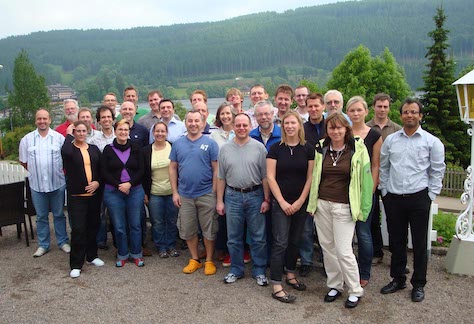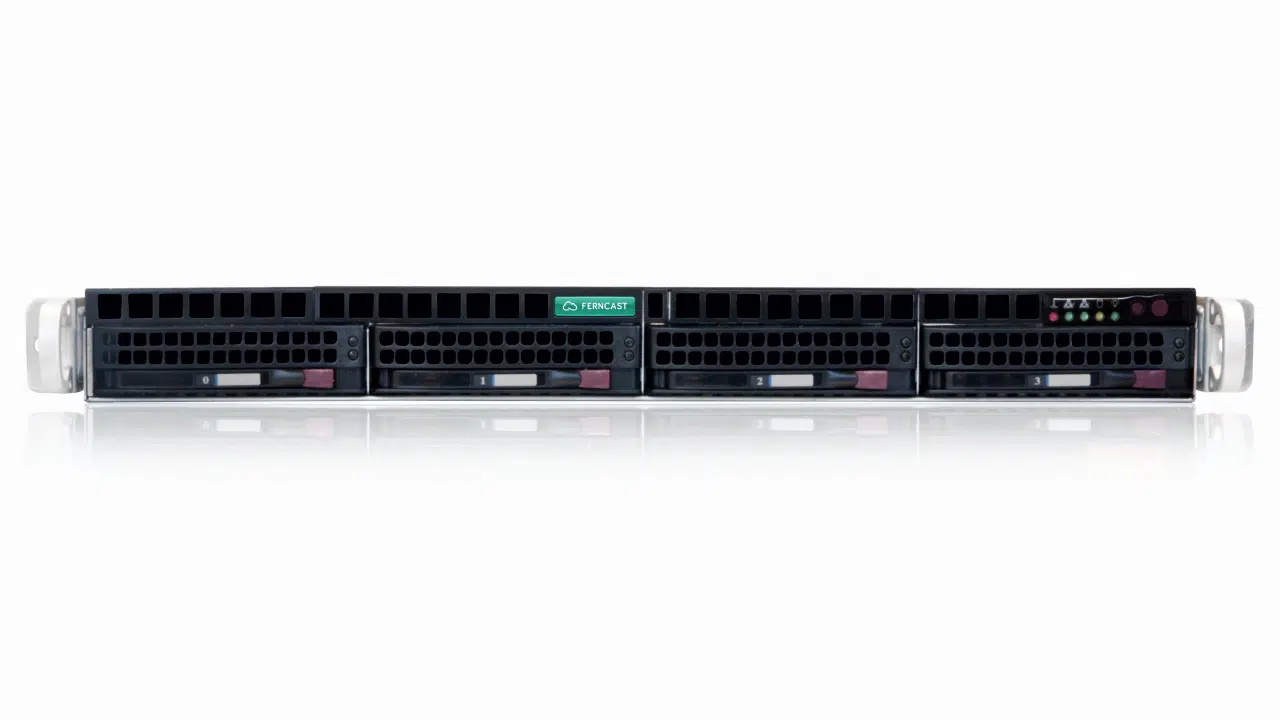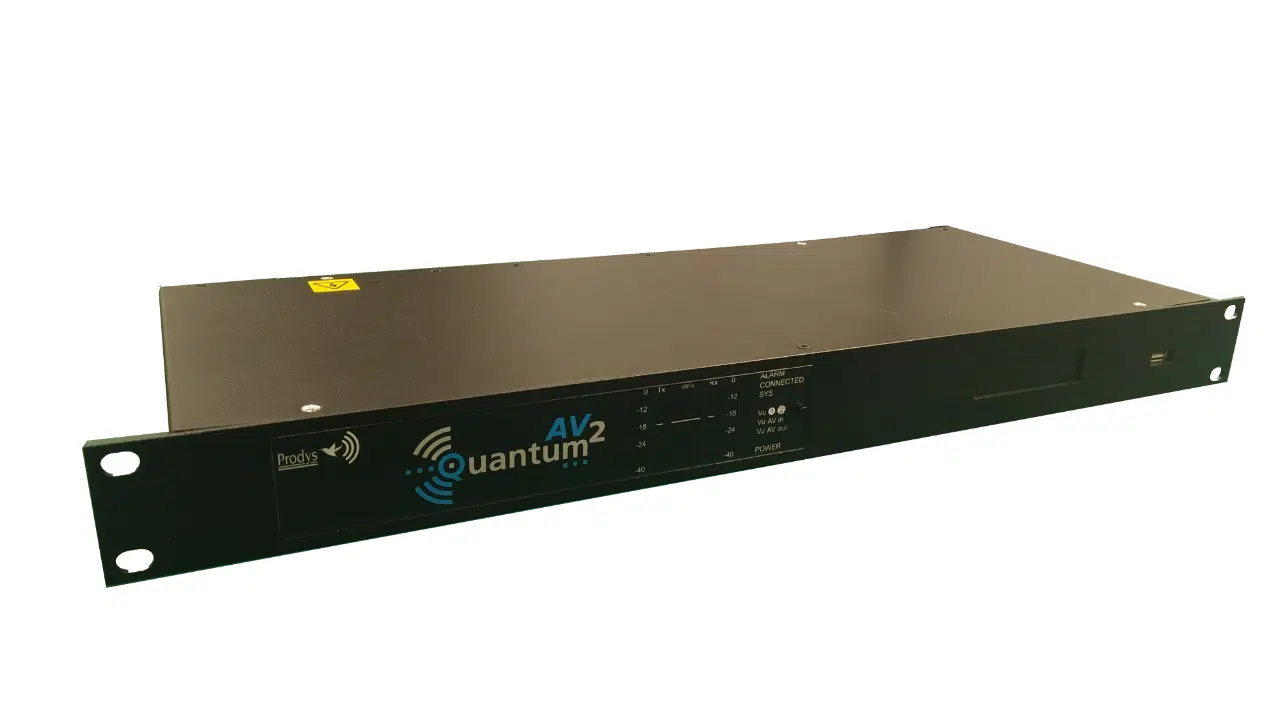
Founded in 2001, Swiss company Barix has grown from a control and automation upstart into what it describes as an “Audio over IP innovator” with global reach. It primarily serves the professional AV, broadcast and security industries, while supporting a variety of vertical markets within each.
 “My vision was to build a product that would fit the market and adapt to customer requests from there, instead of overthinking. That’s the premise on which Barix was founded,” said Johannes G. Rietschel, founder and current CTO.
“My vision was to build a product that would fit the market and adapt to customer requests from there, instead of overthinking. That’s the premise on which Barix was founded,” said Johannes G. Rietschel, founder and current CTO.
Barix’s roots took shape in residential automation. Rietschel soon added audio distribution to his vision, introducing products to move voice and music throughout homes. Commercial markets came next in search of inexpensive ways to move audio and control signals over then-novel IP networks.
The company established four core product lines: hardware devices for voice and intercom (Annuncicom), automation and control (Barionet), and music/audio streaming (Instreamer encoders, Exstreamer decoders).
The broadcast industry was among the first to take interest. Radio engineers saw that Instreamer and Exstreamer products offered a low-cost alternative to expensive microwave STL systems. Broadcasters adopted Barix to transport live program signals between studios and transmitter sites over IP networks.
By 2006, Barix had a global partner network, including the Barix Technology U.S. division. It has worldwide presence in education, government, hospitality, medical, radio broadcast, retail, scientific, transportation and worship environments.

While Barix continues to develop new IP audio and control hardware devices, the company’s focus has increasingly shifted to more software-defined and cloud-based architectures. It has recently developed BGM streaming solutions like RetailPlayer and SoundScape; cloud-based radio signal distribution solutions like Reflector; and fully networked communications systems like Paging Cloud and Simple Paging.
Barix was also an early innovator of Session Initiation Protocol technology. SIP was first adopted by security customers for efficient VoIP connections and is now gaining traction in broadcast. Barix is on its fourth-generation IPAM Series module (IPAM400). It most recently introduced its IP Former solution to help loudspeaker manufacturers transition their legacy products to IP networks.
The company attributes its global growth to the “unending innovative spirit and sense of creative freedom at Barix.” It recently opened a new “innovation center” in Portugal that focuses on research and development for new and existing markets.
CEO Reto Brader notes that he encounters Barix products wherever he goes, from the transit system at home or abroad to the ski resorts. “I’m constantly surprised at where and how Barix devices are used, most of which tie back to efficient use of the public internet,” he said. One of his favorite stories is from a farmer in a rural northwest area of the United States who uses Barix to play music for 3000 cows on a 30-acre dairy farm.
Brader plans continue embracing customer-driven innovation in broadcast, AV, automation and all of the key vertical markets Barix addresses within these markets. “Just as in the early days, our strategy is to be the first to help businesses turn their IP audio and control visions into reality,” he said.
“The loyalty of our customers and our embrace of open standards and creative, programmable IP solutions have been at the foundation of our success to date,” Rietschel said, “We can now look forward to the next 20 years and beyond.”





















